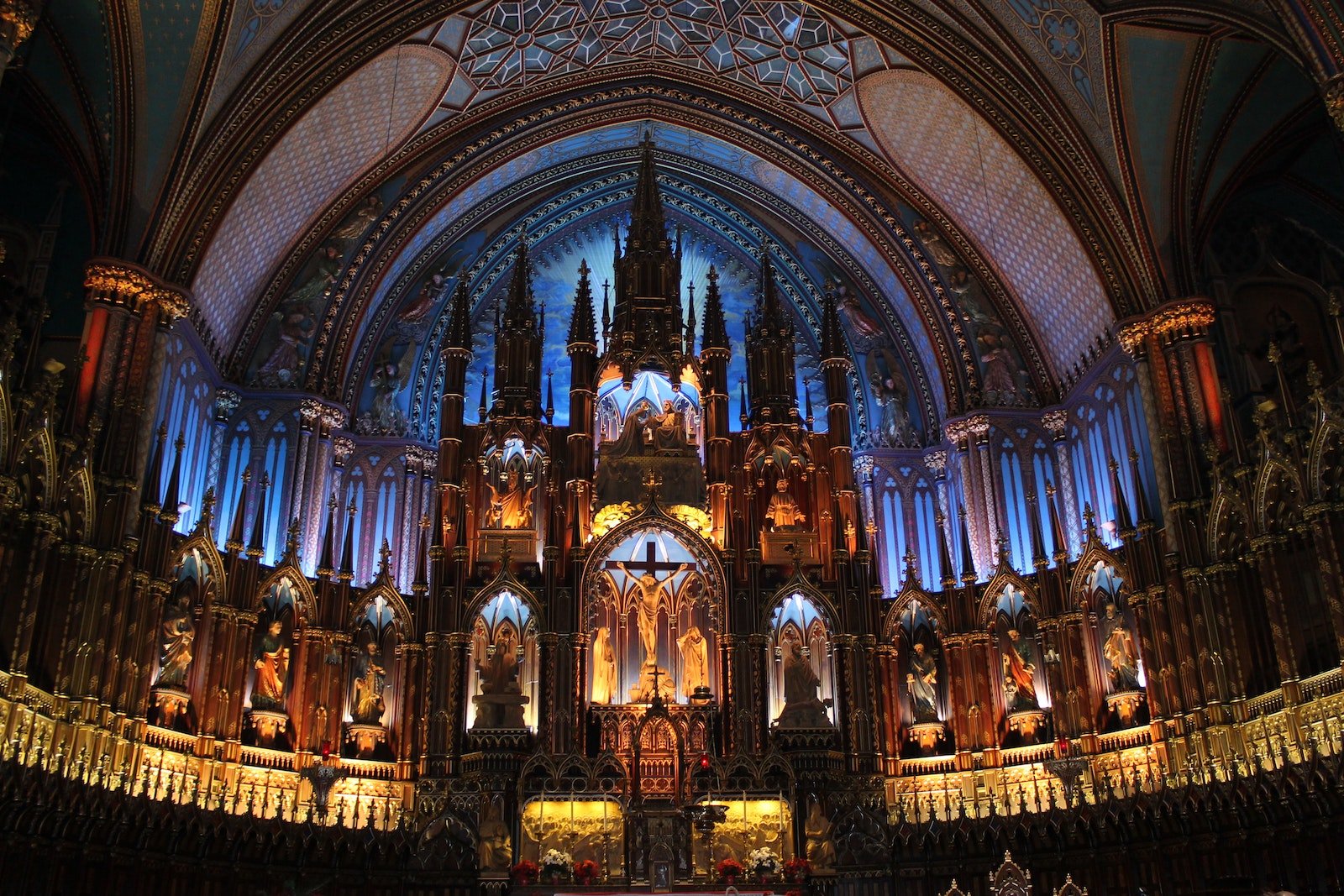Indoor architectural lighting refers to the design and implementation of lighting solutions within interior spaces to enhance their aesthetics, functionality, and ambiance. It involves carefully planning and selecting lighting fixtures, layouts, and control systems to achieve desired lighting effects and meet the specific requirements of the space, such as illuminating work areas, highlighting architectural features, or creating a welcoming atmosphere.
Key aspects of indoor architectural lighting include:
- Functionality: Indoor architectural lighting serves practical purposes such as providing adequate illumination for various activities conducted within the space. This includes general lighting to ensure overall visibility, task lighting for specific work areas, and accent lighting to highlight architectural elements or artwork.
- Aesthetics: Lighting design in indoor spaces plays a crucial role in shaping the visual perception of the environment and enhancing its aesthetic appeal. By carefully selecting lighting fixtures, colors, and intensities, designers can create dynamic lighting compositions that complement the architectural style, interior décor, and desired ambiance of the space.
- Layered Lighting: Effective indoor architectural lighting often incorporates multiple layers of light to achieve balance and flexibility in illumination. These layers may include ambient lighting to provide overall brightness, task lighting to facilitate specific activities, accent lighting to draw attention to focal points, and decorative lighting to add visual interest.
- Fixture Selection: Indoor lighting fixtures come in a variety of types, including recessed downlights, track lights, pendant lights, wall sconces, chandeliers, and floor lamps. Each type of fixture offers unique characteristics in terms of light distribution, color temperature, and design aesthetics, allowing designers to tailor lighting solutions to the requirements of the space.
- Lighting Control Systems: Advanced lighting control systems enable precise control over indoor lighting conditions, allowing users to adjust brightness levels, color temperatures, and lighting effects according to their preferences and needs. These systems may include dimmer switches, programmable controllers, occupancy sensors, and daylight harvesting systems to optimize energy efficiency and user comfort.
- Integration with Architecture: Indoor architectural lighting is integrated with the architectural elements of the space to create a cohesive and harmonious visual environment. Lighting fixtures may be recessed into ceilings, mounted on walls, or suspended from ceilings to complement the spatial layout, proportions, and materials of the interior architecture.
- Energy Efficiency: With growing concerns about energy conservation and sustainability, indoor architectural lighting designs increasingly prioritize energy-efficient lighting technologies such as LED (light-emitting diode) fixtures, compact fluorescent lamps (CFLs), and smart lighting controls to minimize energy consumption and reduce environmental impact.
Overall, indoor architectural lighting plays a vital role in shaping the look, feel, and functionality of interior spaces, enhancing their beauty, comfort, and usability for occupants. Through thoughtful design and implementation, lighting designers and architects can create compelling indoor environments that inspire, engage, and enrich the human experience.

